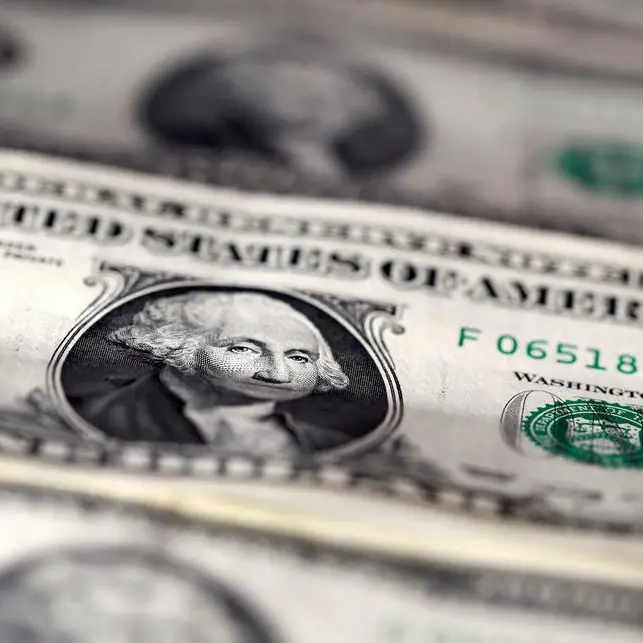PHOTO
At $307 trillion, global debt is now $47 trillion higher than its pre-pandemic level and is expected to continue increasing rapidly.
Debt piles across the world hit a record $307 trillion in the second quarter of the year as the global economy faced a crisis of adaptation to rapid monetary policy tightening by central banks, according to a closely-watched report from the Institute of International Finance.
The rapid surge in global debt is despite rising interest rates curbing bank credit, with markets such as the United States and Japan driving the rise, the IIF said in a research report.
At $307 trillion, global debt is now $47 trillion higher than its pre-pandemic level and is expected to continue increasing rapidly. The financial services trade group said that in dollar terms, global debt had risen by $10 trillion in the first half of 2023 and by $100 trillion over the past decade.
Earlier, the IIF had suggested that corporations have undergone a “crisis of adaptation” to what it termed a “new monetary regime.”
The Washington-based body claimed that the most recent increase has increased the global debt-to-GDP ratio to 336 per cent for the second consecutive quarter. The debt ratio had been decreasing up until 2023 for seven quarters.
The research indicated that the increase in debt ratio was caused by slower growth combined with a slowdown in price rises.
The IIF stated that the sudden rise in inflation was the main factor behind the sharp decline in debt ratio over the past two years, and that they anticipate the debt to output ratio to surpass 337 per cent by year's end due to wage and price pressures lessening, even if not to their targets.
With the United States, Japan, Britain, and France seeing the greatest rises, the developed world accounted for more than 80 per cent of the most recent debt accumulation. The biggest increases in developing markets were seen in the world's three biggest economies: China, India, and Brazil.
According to the analysis, China, Korea, and Thailand are mostly to blame for the fact that household debt-to-GDP in emerging markets is still higher than it was before Covid-19. However, in the first half of the year, the same ratio in mature markets fell to its lowest point in 20 years.
"Should inflationary pressures persist in mature markets, the health of household balance sheets, particularly in the US, would provide a cushion against further rate hikes," it said.
Economists suggested that the rapid monetary policy tightening exposed frail liquidity positions in a number of small and mid-sized banks in the US and led to a series of collapses and bailouts in recent months. The ensuing market panic eventually spread to Europe and forced the emergency sale of Swiss giant Credit Suisse to UBS. Although recent bank failures appear more idiosyncratic than systemic — and US financial institutions carry much less debt (78 per cent of GDP) than in the run-up to the 2007/8 crisis (110 per cent in 2006) — fear of contagion has prompted significant deposit withdrawals from US regional banks.
Copyright © 2022 Khaleej Times. All Rights Reserved. Provided by SyndiGate Media Inc. (Syndigate.info).



















